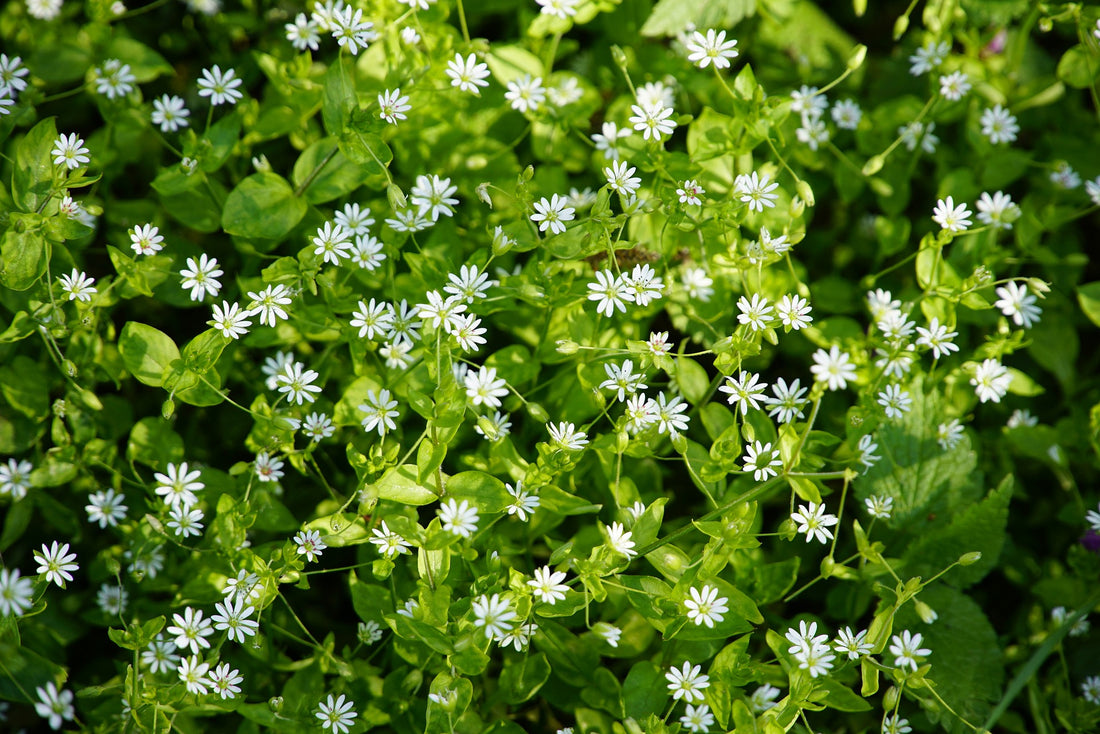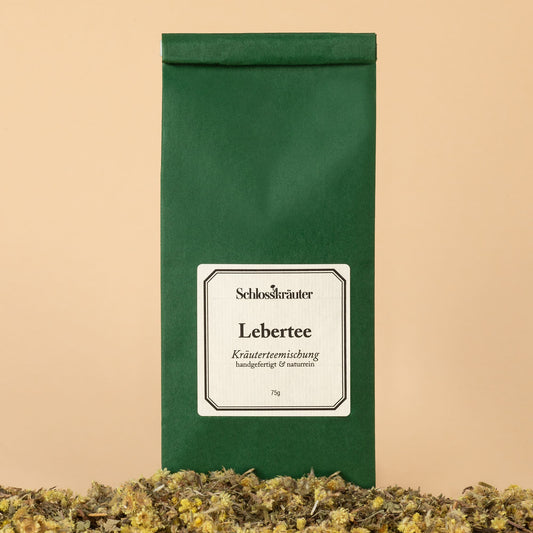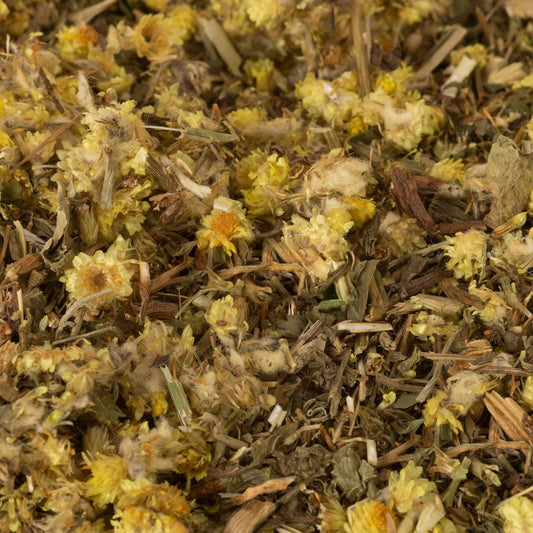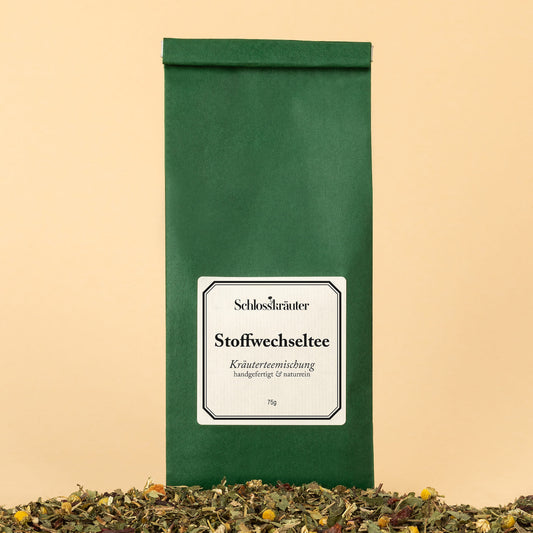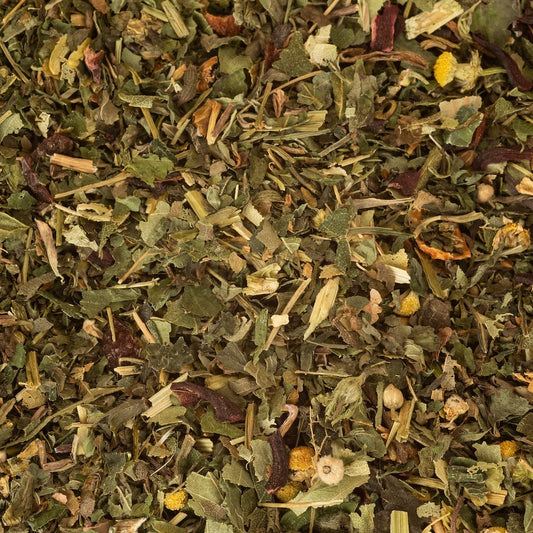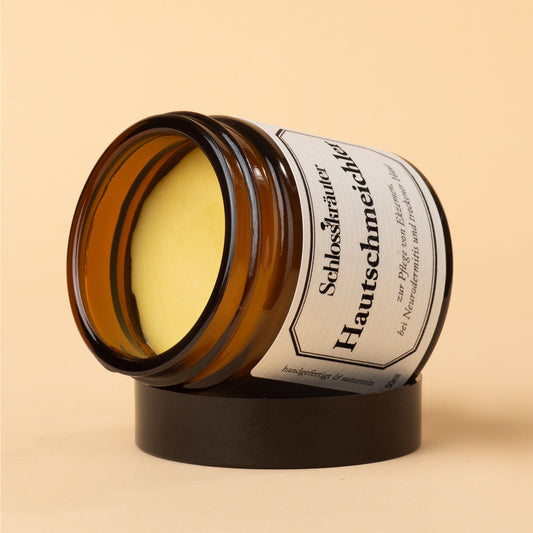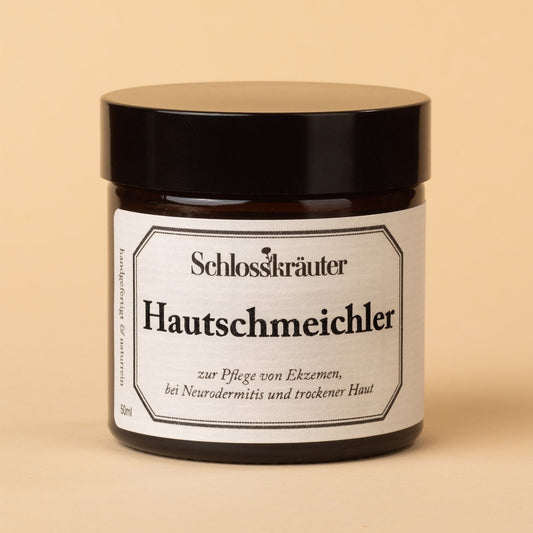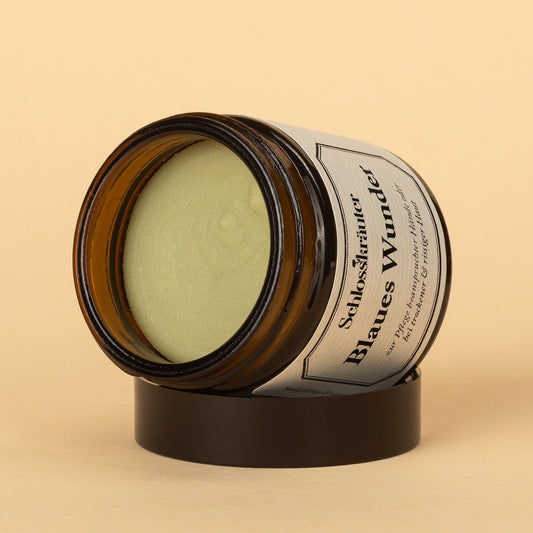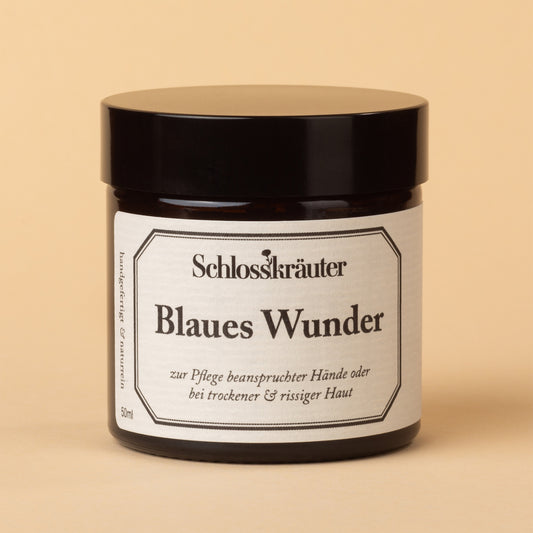This small, inconspicuous plant with its tiny, star-shaped, white flowers can be found in fields, forests, under hedges that are still sparse, around tree trunks and also in gardens, hence the name Stellaria from Latin stellarias: star-shaped.
It is evergreen, one of the first wild herbs, it grows again and again and can therefore be found all year round - even in winter when there is no snow.
It spreads like a lawn, covering the ground almost continuously, the stems are round, decumbent or ascending, with a vertical hairline (important identification feature!) and small, ovate leaves.
Chickweed is an important and tasty weed (not only) in spring, because it is rich in chlorophyll and mineral salts (especially potassium, calcium and magnesium; much higher content than, for example, in lettuce). It also contains carotenoids and vitamin C.
Therefore, it should not be missing in any spring cure - preferably together with dandelion, watercress, nettle.
However, because of the saponins it contains, do not eat in large quantities, as these can irritate the gastrointestinal tract too much (nausea, diarrhea).

In folk medicine, chickweed - the whole herb is used by the way - is considered diuretic, expectorant, strengthens the organism and on the skin heals wounds and relieves itching in the form of poultices or as an oil extract, probably due to the saponins it contains.
We use the alcoholic extract from the whole plant, i.e. the tincture, in our skin care products , incorporated in beneficial bases and valuable oils.

